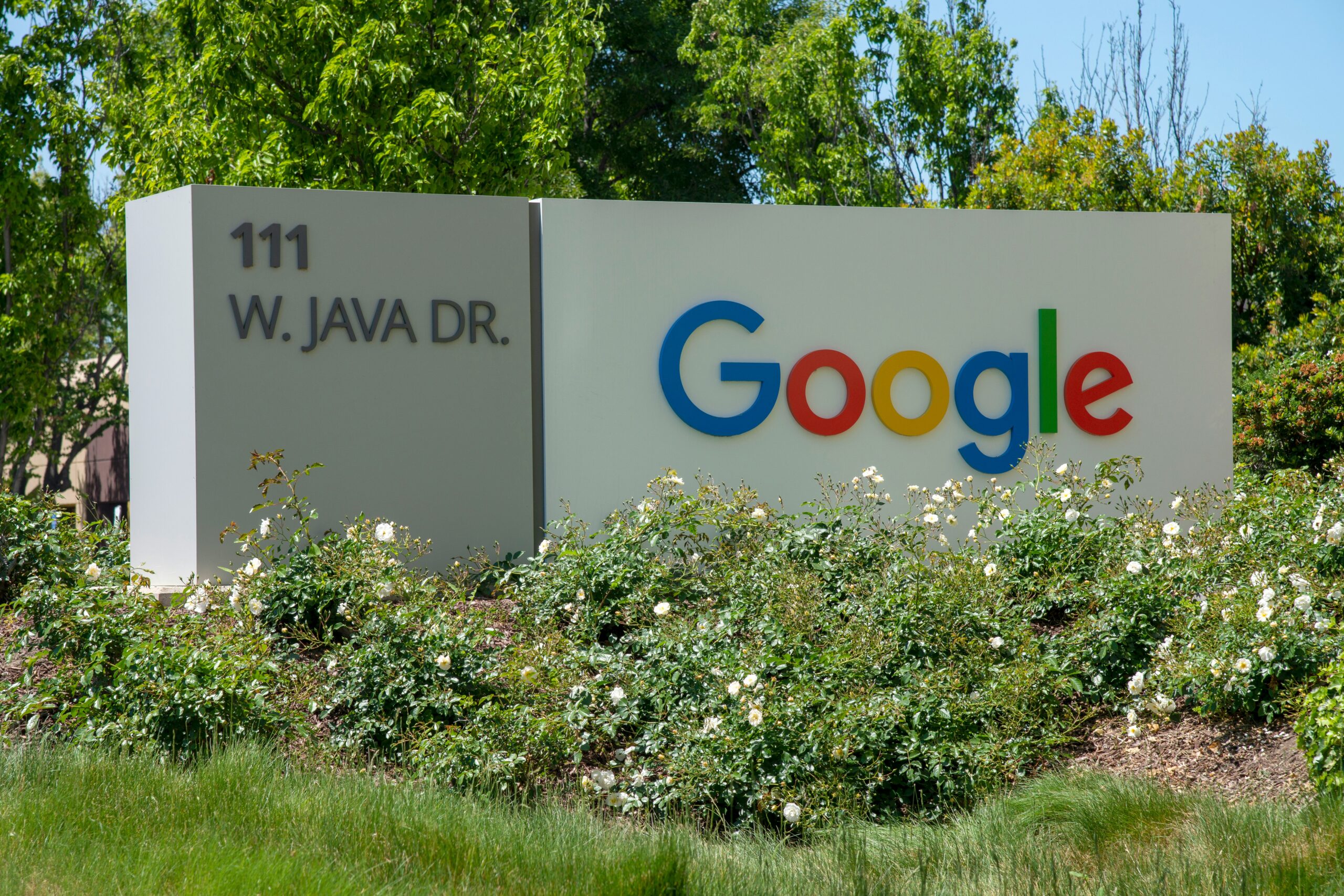Google Promised a Better Search Experience — Now It’s Telling Us to Put Glue on Our Pizza

Introduction
Google, the world’s most popular search engine, has long promised to enhance our online search experience. It was achieved by delivering the most accurate, relevant, and helpful information available. Over the years, Google’s search algorithms have evolved to incorporate sophisticated AI and machine learning technologies to better understand and anticipate user needs. However, recent incidents have raised questions about the reliability and accuracy of these improvements. One particularly bizarre suggestion—that users should put glue on their pizza—has highlighted potential flaws in Google’s quest for a superior search experience.
The Evolution of Google Search
Since its inception in 1998, Google Search has undergone significant transformations. From simple keyword matching to understanding complex queries and delivering rich, contextual results. Google has consistently aimed to improve user satisfaction. Key milestones in this evolution include:
- Algorithm Updates: Major updates like Panda, Penguin, Hummingbird, and RankBrain have each sought to refine search results, reduce spam, and better understand natural language queries.
- AI and Machine Learning: The introduction of AI and machine learning through tools like BERT (Bidirectional Encoder Representations from Transformers) and MUM (Multitask Unified Model) has further enhanced Google’s ability to understand context and provide more accurate answers.
- Knowledge Graph and Featured Snippets: These features aim to present concise, relevant information directly within search results, often in response to questions posed by users.
The Glue on Pizza Incident
Despite these advancements, the system is not infallible. A peculiar and alarming instance occurred when users searching for pizza-related queries encountered a suggestion to put glue on their pizza. This recommendation, appearing prominently in search results, quickly drew widespread criticism and ridicule.
How It Happened
The “glue on pizza” incident appears to be a result of several factors:
- Misinterpreted Context: Google’s algorithms likely misinterpreted or conflated contexts from various sources. For instance, references to “cheese glue” (a culinary term for a mixture used to adhere cheese to pizza) might have been misconstrued as advocating for actual glue.
- Flawed Data Aggregation: Google’s systems aggregate information from countless sources. In this case, poorly structured or erroneous data from unreliable websites could have contributed to the bizarre suggestion.
- Algorithmic Failures: While AI and machine learning models are powerful, they can still make mistakes, especially when parsing nuanced or ambiguous information.
The Implications
This incident is more than just an amusing anecdote—it highlights significant concerns about the reliability and safety of information provided by search engines:
- User Trust: Google’s credibility is built on providing accurate and useful information. Incidents like this can erode trust and make users more skeptical of search results.
- Information Accuracy: Inaccurate or dangerous recommendations can have serious consequences, especially in fields like health, where misinformation can lead to harmful actions.
- Algorithmic Transparency: The complexity of Google’s algorithms often means that users—and even developers—do not fully understand how certain results are generated. This lack of transparency can be problematic when errors occur.
Google’s Response
In response to the incident, Google has taken steps to address the underlying issues:
- Algorithm Adjustments: Google frequently updates its algorithms to fix known issues and improve the accuracy of search results. In the wake of this incident, specific adjustments were likely made to better handle culinary queries and prevent similar errors.
- Increased Scrutiny: Enhancing the review processes for data sources and implementing stricter criteria for featured snippets can help mitigate the risk of misleading or harmful information.
- User Feedback Mechanisms: Encouraging users to report inaccurate or problematic search results helps Google identify and rectify issues more swiftly.
Moving Forward
To prevent future incidents like the “glue on pizza” fiasco, several steps are essential:
- Enhanced Data Validation: Implementing more rigorous validation processes for data sources can help ensure that only reliable information is used in search results.
- Human Oversight: While AI is powerful, human oversight remains crucial. Expert review panels can help identify and correct algorithmic errors that automated systems might miss.
- Transparency and Communication: Google should strive for greater transparency about how its algorithms work and communicate more openly with users about how they address and rectify errors.
Conclusion
The promise of a better search experience hinges on the accuracy, reliability, and safety of the information provided. While Google’s advancements in AI and machine learning have undoubtedly enhanced the search experience. Incidents like the recommendation to put glue on pizza underscore the need for continuous improvement and vigilance. By refining its algorithms, enhancing data validation processes, and fostering greater transparency. Google can uphold its commitment to providing the best possible search experience for its users.




